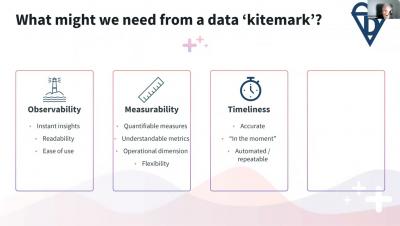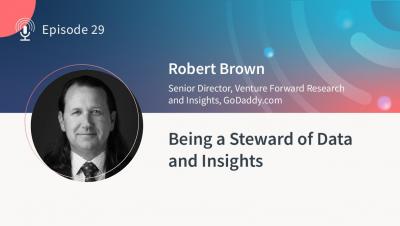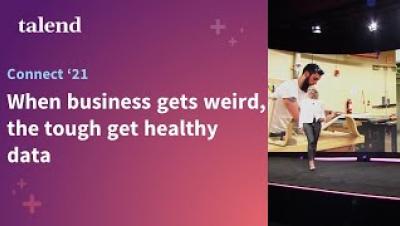How to start a data literacy program
So, you want to build a data literacy program. Where do you start, and how do you get your program off the ground? Bethany Gripp, Senior Data Governance Analyst at Talend, explains the 6 phases of a successful data literacy pilot and shares results from her internal program at Talend.











